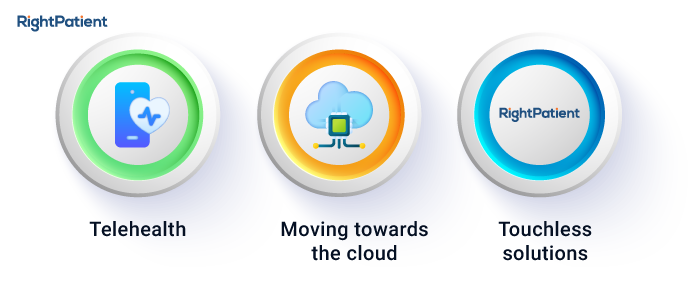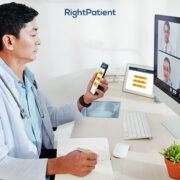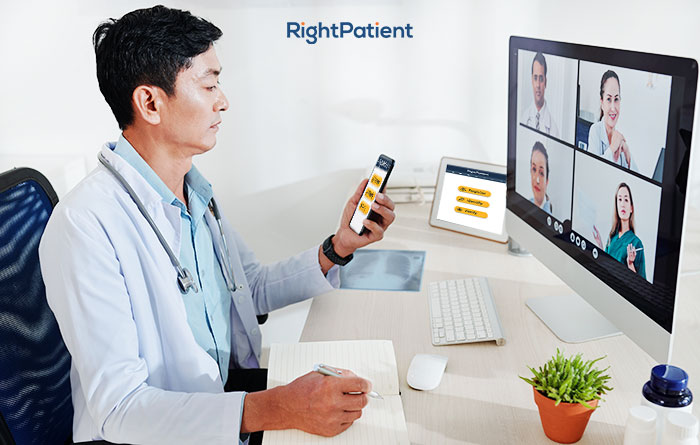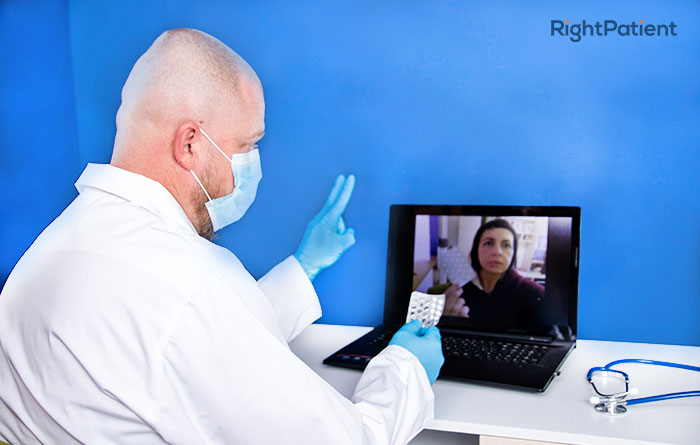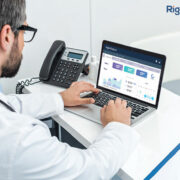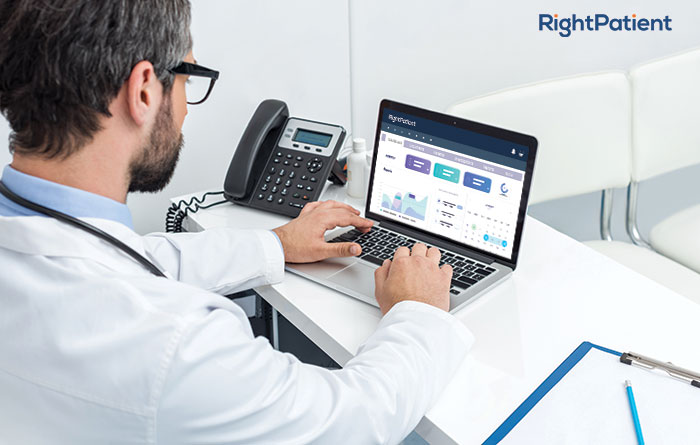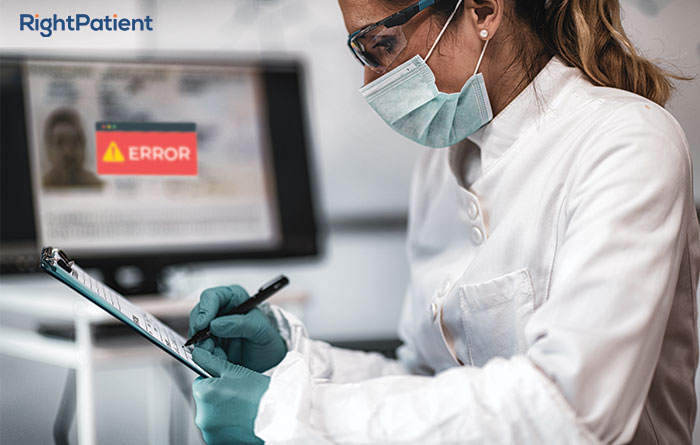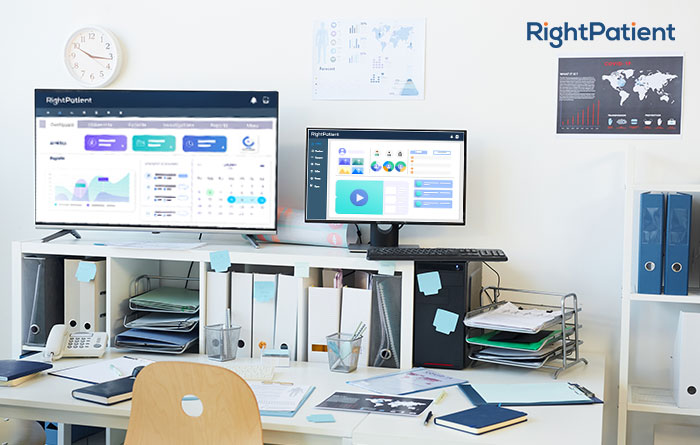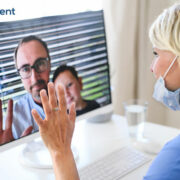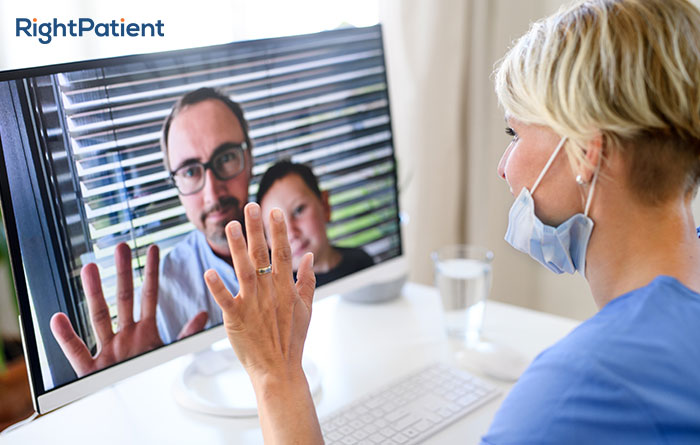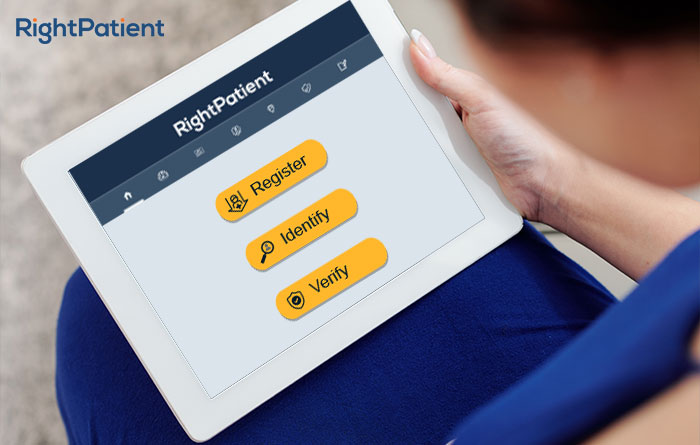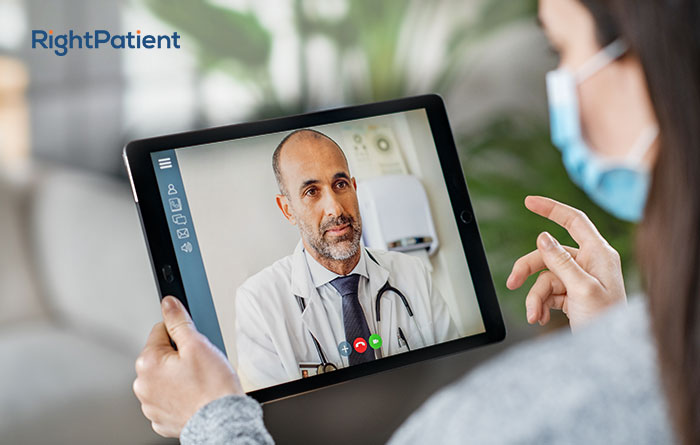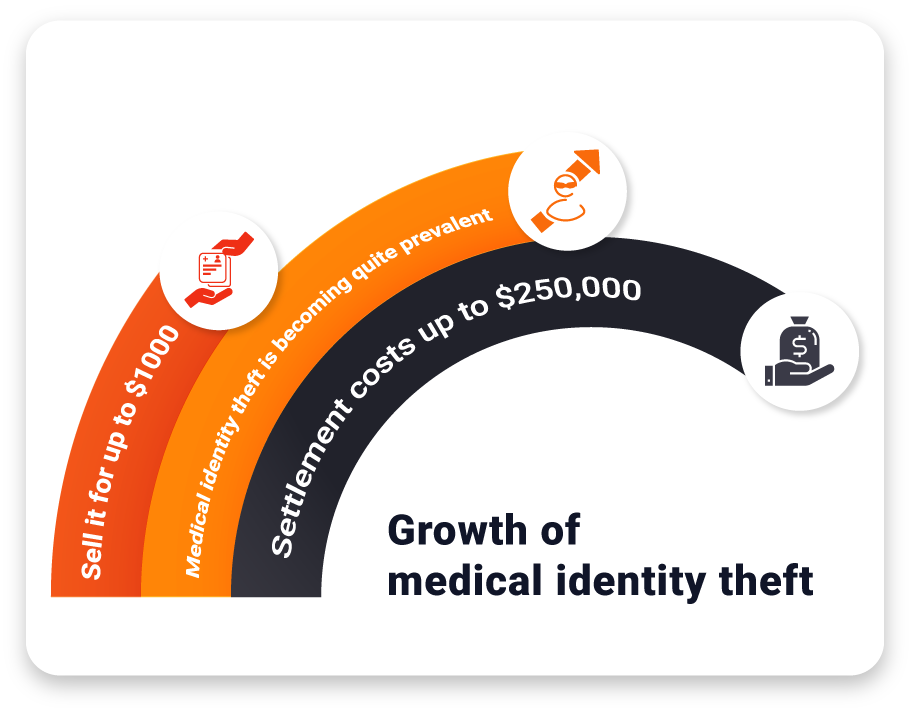Reducing Healthcare Fraud and Abuse During Telehealth Sessions
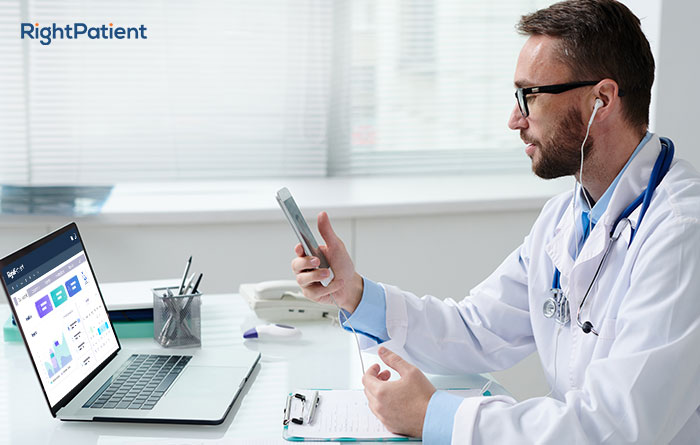
Healthcare fraud and abuse have been around for a significant amount of time – affecting healthcare providers, patients, and everyone else involved in the delivery of care. While most people think that it only affects patients financially, it has far more sinister consequences. For instance, medical identity theft, in many cases, causes the victims’ EHRs to become corrupt. Since the fraudster poses as the patient and might obtain healthcare services, their information gets recorded within the EHR, rendering it corrupt. Unfortunately, healthcare fraud is only increasing, demonstrating that it won’t be resolved soon. Moreover, experts are worried that healthcare fraud might bleed over to virtual visits (telehealth and telemedicine) as well since the majority of healthcare is using telehealth due to the pandemic.
That being said, let’s take a closer look at the explosion of telehealth and its usage, why it might face healthcare fraud and abuse, and some practices that can help mitigate these cases.

Telehealth’s explosion in a nutshell
One interesting fact about telehealth is that it has been around for quite a few years. While it has been debated between healthcare experts and patients regarding its benefits and drawbacks, it never got the push required for it to evolve – until the pandemic.
Once COVID-19 hit the US in full force, telehealth was promoted for non-COVID-19 patients who required medical attention. Moreover, rules surrounding telehealth were relaxed in order to help healthcare providers adopt it. As a result, telehealth’s usage skyrocketed, and while it does have some flaws, it proved that virtual visits are the way forward.
Telehealth raises concerns about healthcare fraud and abuse online
While telehealth grows, so does online healthcare spending, attracting the eyes of hackers and fraudsters – ultimately leading to healthcare fraud. The NHCAA (National Health Care Anti-Fraud Association) stated that a whopping $68 billion is lost due to healthcare fraud each year.
But why are healthcare fraud and abuse related to telehealth?
Well, while most of us have gotten used to navigating life during the pandemic by now, when it started, it was an environment that created confusion, fear, and panic among the general public – patients included. Moreover, as previously mentioned, many regulations were relaxed in order to ease telehealth adoption. This created ways for fraudsters and criminals to take advantage of patients and caregivers via malware, bogus cures, charities, etc. For instance, there were cases where hackers and fraudsters gained access to telehealth sessions.
As a result, not only should healthcare providers aim to secure telehealth platforms, but they must also adopt practices that help protect patient information and prevent medical identity theft during virtual visits as they become the new normal.
Reducing healthcare fraud and abuse during telehealth sessions
Use graphical elements to detect outliers
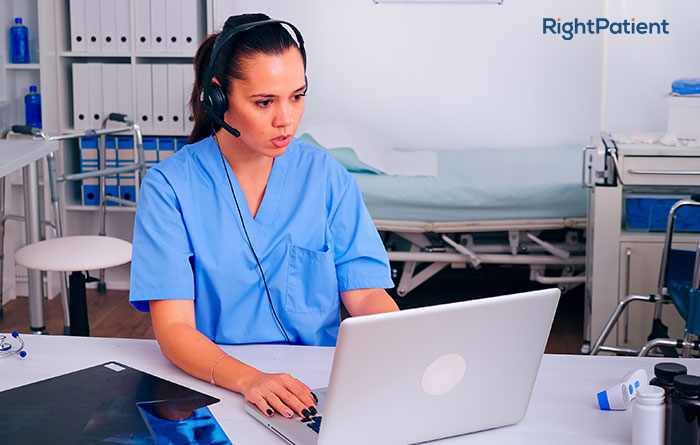
Healthcare is vast, and any healthcare provider has to store lots of information or data regarding their patients, operations, etc. Using this information by itself might be counterintuitive as outliers would be very difficult to detect, especially regarding healthcare fraud schemes such as kickbacks. Data visualization, on the other hand, provides a visual representation and ensures that outliers and suspicious trends can be identified swiftly. However, its success depends on one aspect – the quality of data.
Provide security training whenever necessary
Medical identity theft and data breaches are quite common in the healthcare space. As a result, hospitals and health systems need to train their employees regularly and effectively to prevent falling into the pitfalls of malware, phishing schemes, etc. Ensure that the training sessions highlight the most recent breaches and how they occurred, emphasizing the importance of preventing such cases within your organization.
Aim for HIPAA compliance to reduce healthcare fraud
In order to prevent healthcare fraud and hackers from breaching data, the foundation within the hospital has to be strong first. In this case, the foundation is known as HIPAA compliance.
Now, HIPAA compliance can be an administrative burden for most healthcare providers since there are several rules and regulations to follow. However, ensuring HIPAA compliance can lead to preventing medical identity theft as well as data breaches, as most of the rules are regarding the protection of medical information known as PHI (protected health information). Also, HIPAA talks about providing training to the necessary personnel so that they are updated about the most recent changes.
Fortunately, there are many solutions available that can streamline HIPAA compliance and reduce the administrative burden, but the one that stands out the most is HIPAA Ready. It is a robust HIPAA compliance management application that keeps HIPAA related information in a centralized location. It can also be used to conduct internal audits, identify, and address security gaps – strengthening security efforts. However, the best part is that it can be used right from a smartphone, putting HIPAA compliance in the palm of your hand.
Implement solutions that prevent medical identity theft
Some factors make data breaches inevitable. Firstly, many healthcare providers have a very meager cybersecurity budget, leaving them vulnerable to attacks. Secondly, hackers are always coming up with new tactics to breach and steal patient information. These two factors alone make data breaches virtually unstoppable.
While healthcare data breaches seem to be inevitable, medical identity theft can be prevented – with RightPatient.
RightPatient is a touchless biometric patient identification platform that attaches patients’ photos and biometric data to their medical records upon registration. For subsequent visits, patients only need to look at the camera – the platform runs a search and provides accurate medical records in seconds. Whenever a fraudster tries to assume the patient’s identity, RightPatient red-flags them, preventing medical identity theft in real-time.
Moreover, RightPatient is versatile enough to be used at any touchpoint across the care continuum – making it ideal for virtual visits such as telehealth sessions.




